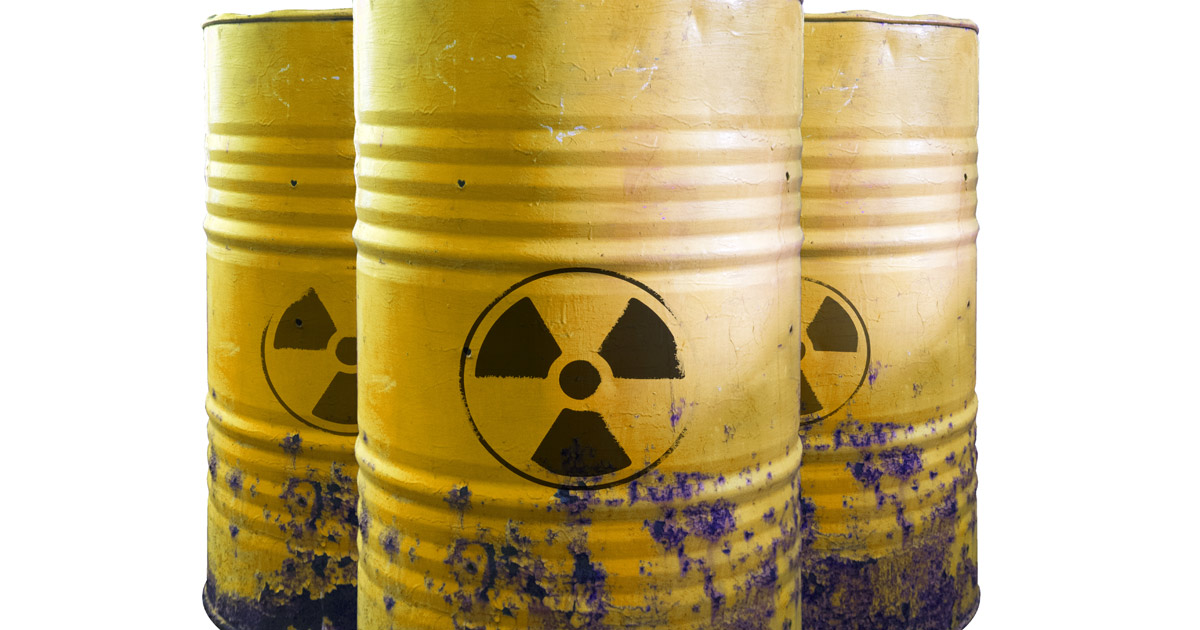As the world becomes more environmentally conscious, solar panels have become a popular choice for renewable energy. However, many people are unaware of the potential toxic chemicals used in the production of solar panels.
One of the most common toxic chemicals found in solar panels is cadmium. Cadmium is a heavy metal that is used in the production of solar cells. It is a known carcinogen and can cause serious health problems if ingested or inhaled.
Another toxic chemical found in solar panels is lead. Lead is used in the soldering process of solar cells and can cause lead poisoning if not handled properly. Lead poisoning can cause damage to the nervous system, kidneys, and other organs.
In addition to cadmium and lead, other toxic chemicals used in the production of solar panels include arsenic, selenium, and hexavalent chromium. These chemicals can cause a range of health problems, including cancer, respiratory issues, and neurological damage.
To address these concerns, many solar panel manufacturers have started to use safer alternatives to these toxic chemicals. For example, some manufacturers have started to use copper indium gallium selenide (CIGS) instead of cadmium in their solar cells.
It is important to note that the potential health risks associated with toxic chemicals in solar panels are relatively low. However, it is still important to be aware of these risks and to take proper precautions when handling solar panels.
In conclusion, while solar panels are a great source of renewable energy, it is important to be aware of the potential toxic chemicals used in their production. By choosing solar panels from manufacturers that use safer alternatives, we can help to reduce the potential health risks associated with these toxic chemicals.
